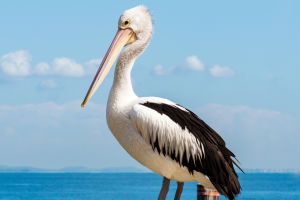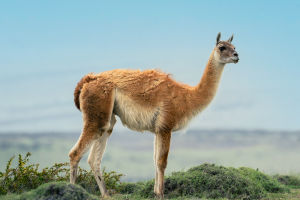Hi Lykkers! In the expansive savannas and lightly wooded areas of Sub-Saharan Africa, the Roan antelope stands out as one of the largest and most magnificent species of antelope.
With their striking face markings, long, ringed horns, and robust build, Roan antelopes are a symbol of the wild African landscape.
Habitat and Distribution
The Roan antelope prefers areas where grassy plains meet scattered trees, an environment perfect for grazing and browsing, which makes up their diet. They are found in countries ranging from Senegal in the west, across the Central African Republic to as far south as Angola and Zambia. Understanding their habitat is crucial for their conservation, as these regions are often affected by human activity and environmental changes.
Physical Characteristics
Typically standing about 130 to 140 centimeters at the shoulder, Roan antelopes are notable for their ash-colored coat with a contrasting black and white face. Both males and females possess the backward-curving horns, which can grow up to one meter in length, serving as defense tools against predators and rivals.
Social Structure
Roan antelopes are social creatures, usually found in small herds of up to 15 individuals, though younger males often form bachelor groups. The herd is typically led by a dominant male, who fiercely defends the territory against rivals. Their social behavior is fascinating, involving complex interactions and vocal communications, which are essential aspects of their survival and breeding strategies.
Conservation Status
Listed as of Least Concern by the IUCN, the Roan antelope's numbers are declining due to habitat loss, hunting for their meat and spectacular horns, and competition with domestic livestock. Conservation efforts are crucial to ensure these majestic creatures continue to roam freely. Protected areas and wildlife reserves play a significant role in their preservation, but more proactive measures are necessary to address the challenges they face
Roan Antelopes in Culture and Ecotourism
In addition to their ecological role, Roan antelopes have cultural significance in many African communities. They are also a popular draw for wildlife enthusiasts and ecotourists, who are captivated by their beauty and grandeur. Sustainable ecotourism can provide the necessary funds and interest to help protect these animals and their habitats.
In conclusion, the Roan antelope, with its regal appearance and resilience, remains a testament to Africa’s rich biodiversity. Continued efforts in conservation and sustainable practices are vital to ensure that future generations will also be able to witness the majesty of the Roan antelope in the wild.


